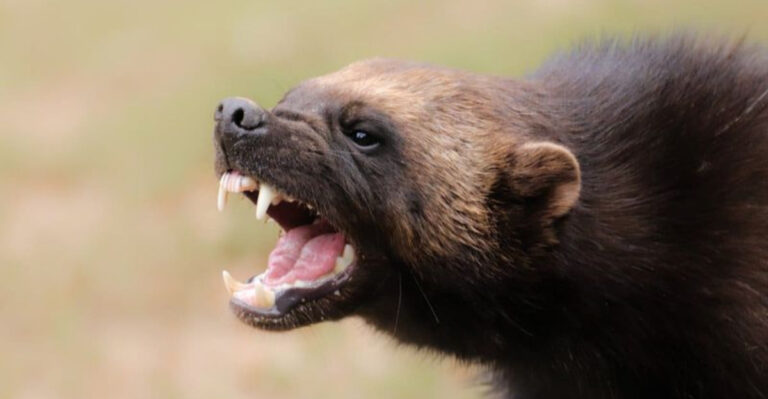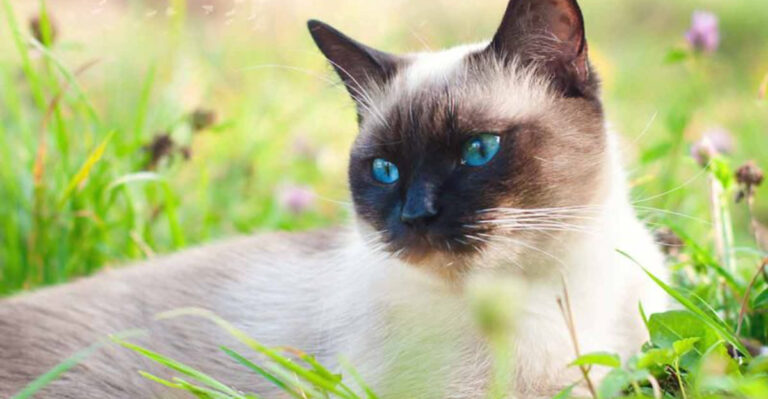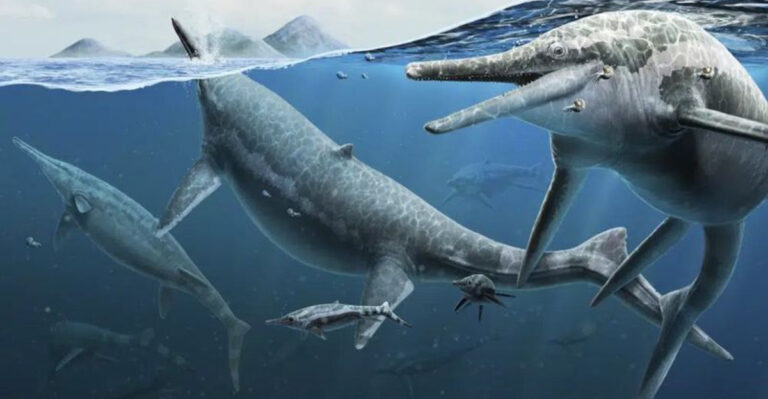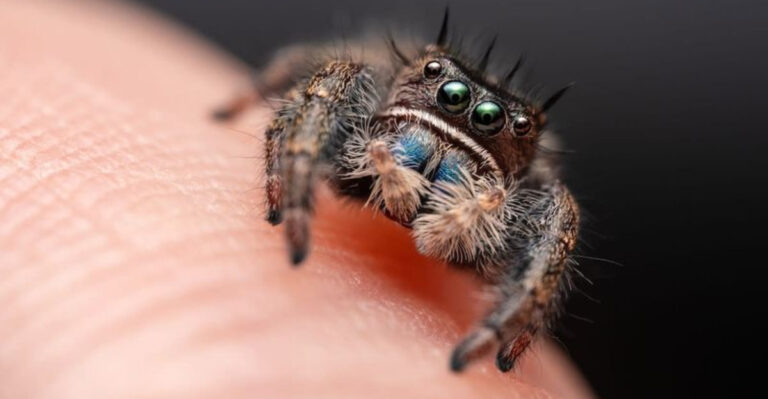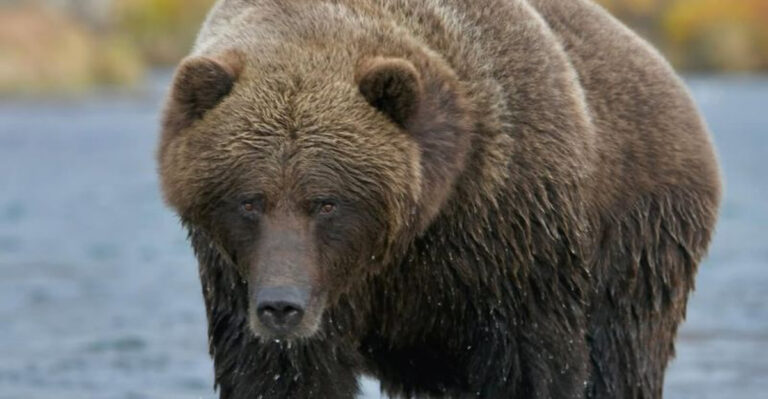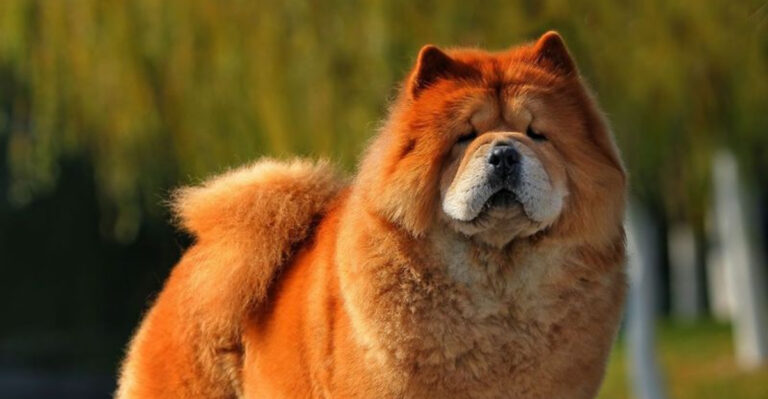The Most Unusual Animal Adaptations That Help Them Survive Extreme Environments
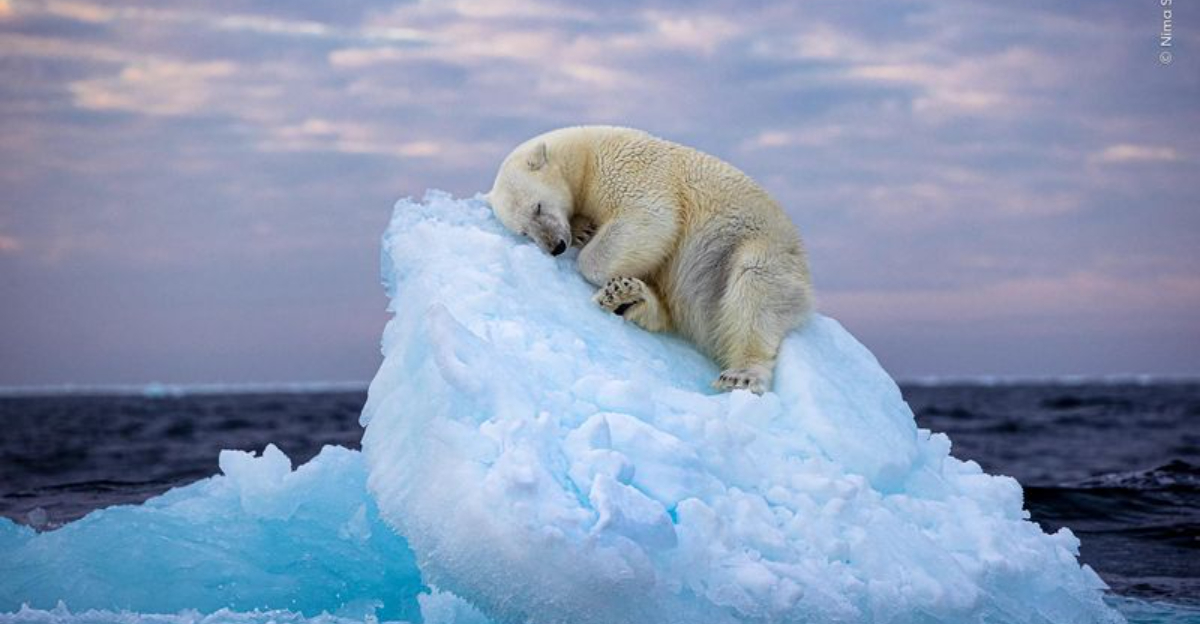
In the captivating world of the animal kingdom, survival isn’t merely a game of chance – it’s an exhilarating show of Nature’s inventive prowess.
Picture creatures with superpowers, each designed to brave the harshest of environments. From the icy Arctic to the scorching deserts, these animals have evolved in the most unexpected ways, ensuring their survival against all odds.
Prepare to be amazed by the astonishing adaptations that defy the ordinary and redefine the extraordinary.
1. Tardigrades – The Invincible Creatures
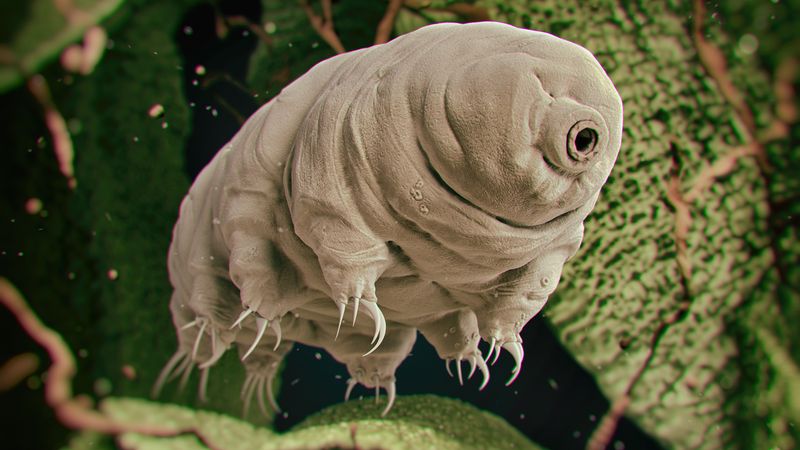
Tardigrades, often dubbed as “water bears,” are near-microscopic wonders that redefine resilience. These tiny creatures can survive boiling, freezing, radiation, and even the vacuum of space. Their secret? Cryptobiosis – a state in which they lose almost all water and reduce metabolism to nearly undetectable levels, enduring extreme conditions that would obliterate most life forms.
In a mere speck of moss or a film of water, tardigrades thrive, undeterred by the harshest environments. Their ability to repair DNA and produce protective proteins enables them to withstand radiation levels that would annihilate other organisms.
These indestructible beings are not just scientific curiosities but symbols of biological marvels. Their unique adaptation strategies not only inspire awe but also spur scientific research into fields like astrobiology and cryogenics. Imagine a world where such resilience could be unlocked in other life forms!
2. Desert Rain Frog – The Tiny Cry
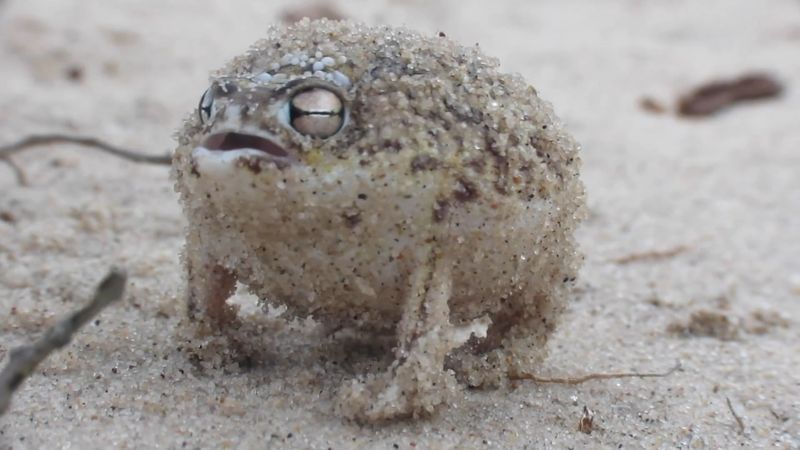
The Desert Rain Frog, or Breviceps macrops, is a pint-sized powerhouse native to the sands of the Namib Desert. Unlike most frogs, it doesn’t leap or swim; instead, it burrows into the moist sand to escape the desert’s scorching heat, emerging at night when temperatures drop.
What sets this amphibian apart is its unique defensive adaptation: it emits a surprisingly loud squeak when threatened, deterring potential predators. This sound, juxtaposed with its tiny size, often startles larger creatures, offering the frog a chance to escape unharmed.
Despite its comical appearance and unexpected vocal prowess, the Desert Rain Frog is perfectly adapted to its harsh environment. Its ability to survive with minimal water showcases nature’s ingenuity, proving that size doesn’t dictate strength. This tiny amphibian reminds us that sometimes, the most effective defense is simply making the biggest noise!
3. Axolotl – The Perpetual Larva
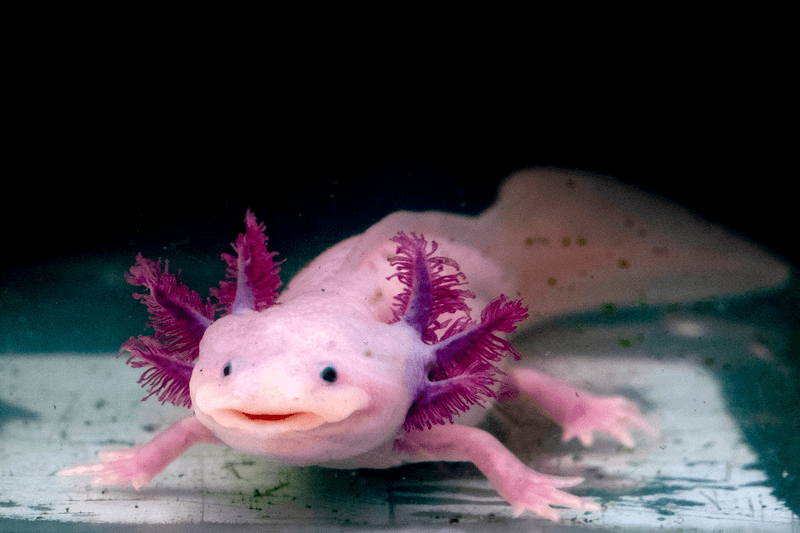
The Axolotl, a salamander native to Mexico, captivates with its perpetual youthfulness. Unlike other amphibians, axolotls retain their larval features throughout their life, including feathery gills and an aquatic lifestyle. This phenomenon, known as neoteny, allows them to remain adaptable in their watery habitats.
These “walking fish” possess incredible regenerative abilities, capable of regrowing lost limbs, spinal cords, and even parts of their hearts and brains. This remarkable trait not only aids in their survival but has made them a focal point in scientific research exploring regenerative medicine.
In a world where adaptation is key, the axolotl stands as a testament to evolution’s creativity. Their charm and resilience have captured the imagination of many, inspiring conservation efforts to preserve their dwindling natural habitats. What if humans could unlock similar regenerative powers?
4. Arctic Fox – The Winter Survivor
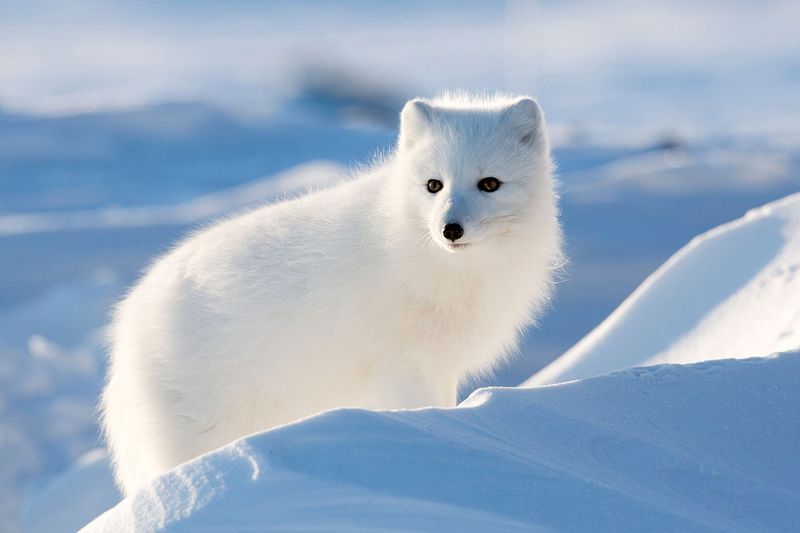
The Arctic Fox is a master of extreme cold adaptation. Sporting a dense, fluffy coat that changes color with the seasons, these foxes blend into snowy landscapes during winter and adopt a brownish-gray hue in summer to remain inconspicuous.
Their compact bodies minimize heat loss, and their thick fur-covered paws act as natural snowshoes. With an acute sense of hearing, they detect and pounce on small prey beneath the snow, ensuring they remain well-fed even in the harshest conditions.
The Arctic Fox’s resourcefulness extends beyond hunting. It builds complex dens to shelter from chilling winds and conserves energy by curling up and tucking its bushy tail over its nose. This adaptability not only enables survival but also ensures they continue to thrive in the Arctic’s extreme environment. The resilience of these foxes is a testament to nature’s ability to innovate in the face of adversity, painting a picture of survival against all odds.
5. Emperor Penguin – The Ice King
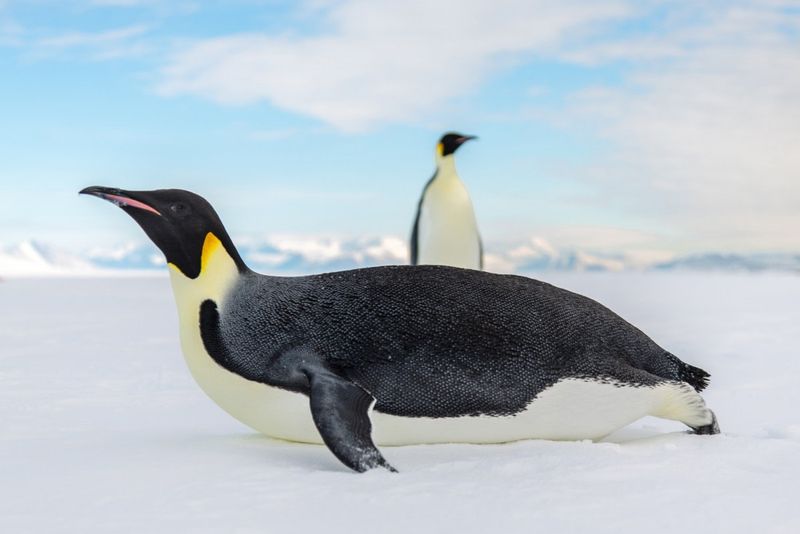
Emperor Penguins are the epitome of endurance in the icy realms of Antarctica. At nearly four feet tall, these regal birds brave the coldest temperatures on Earth, huddling together for warmth during brutal winters. Their unique social behavior is a key adaptation, with individuals taking turns standing on the outer edge of the group where the cold is most intense.
Thick layers of blubber and densely packed feathers provide insulation against the frigid air. Their ability to dive to depths of over 500 meters in search of fish showcases their exceptional adaptation to marine life.
Emperor Penguins also exhibit remarkable parental dedication. Male penguins incubate eggs on their feet, covered by a skin flap, while females forage at sea. This cooperation ensures the next generation thrives in an unforgiving environment. Their resilience and teamwork remind us of the power of unity and the incredible adaptability needed to conquer such stark landscapes.
6. Narwhal – The Unicorn Of The Sea
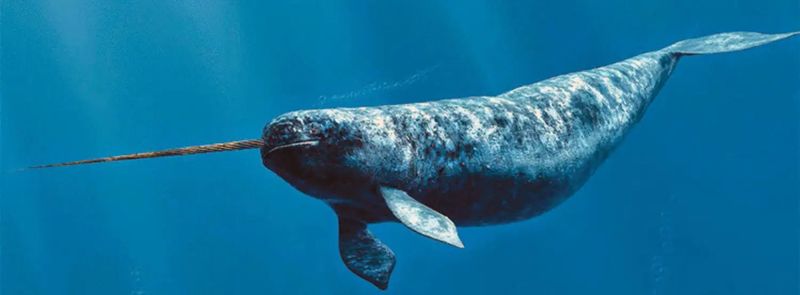
Narwhals, often dubbed the “unicorns of the sea,” are fascinating Arctic dwellers known for their long, spiral tusks. These tusks, which are actually elongated teeth, can grow up to 10 feet and are believed to play a role in mating rituals and social interactions.
Their physical adaptations are perfectly suited to life in the icy Arctic waters. Narwhals can dive to depths of 1,500 meters, using echolocation to navigate and locate prey in the dark, frigid depths. Their flexible necks allow them to capture fish and squid with precision.
These cetaceans are also important indicators of environmental changes. As creatures of the Arctic, their survival is intricately linked to the health of their icy habitat. The narwhal’s mysterious allure and unique adaptations continue to intrigue scientists and nature enthusiasts alike, reminding us of the incredible diversity and resilience of life in the harshest of environments.
7. Camel – The Desert Wanderer

Camels, the quintessential desert wanderers, are marvels of adaptation in arid environments. Their distinctive humps, storing fat rather than water, provide energy reserves for their long treks across barren landscapes. This adaptation allows camels to endure weeks without food and water.
Their thick fur insulates against the sun’s blazing rays, while long eyelashes and closable nostrils protect against sandstorms. Camels’ unique ability to fluctuate their body temperature minimizes water loss, a crucial adaptation for desert survival.
These “ships of the desert” play vital roles in their ecosystems, serving as transportation and sustenance for many desert-dwelling communities. Their resilience is a testament to nature’s ingenious solutions in the face of extreme conditions. As climate change impacts global ecosystems, camels remind us of the importance of adaptive survival strategies. Imagine navigating life’s challenges with their level of endurance and grace!
8. Wood Frog – The Frozen Amphibian
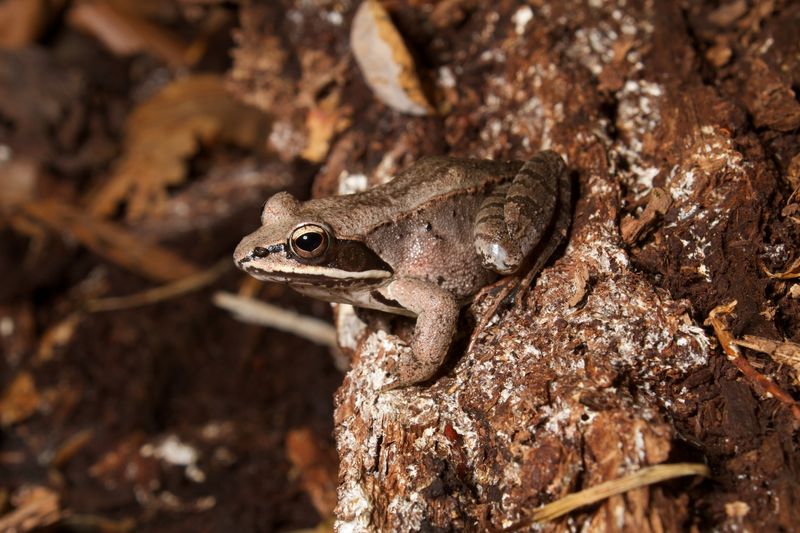
The Wood Frog, a true marvel of the amphibian world, possesses a chilling adaptation that allows it to survive freezing temperatures. Found in North America’s forests, this frog can survive being frozen solid during winter months.
As temperatures drop, the Wood Frog’s body begins to freeze, with up to 70% of its fluids turning to ice. Its remarkable adaptation involves producing a sugar-based antifreeze called glucose, which prevents its cells from collapsing and protects vital organs during the frozen state.
Come spring, the Wood Frog thaws and resumes its normal activities as if nothing happened. This ability to “pause” life during harsh conditions exemplifies nature’s ingenuity. Scientists study Wood Frogs to understand cryopreservation, with potential applications for organ preservation and medical advancements. Imagine the possibilities if humans could unlock similar biological secrets for survival!
9. Thorny Devil – The Water Harvester
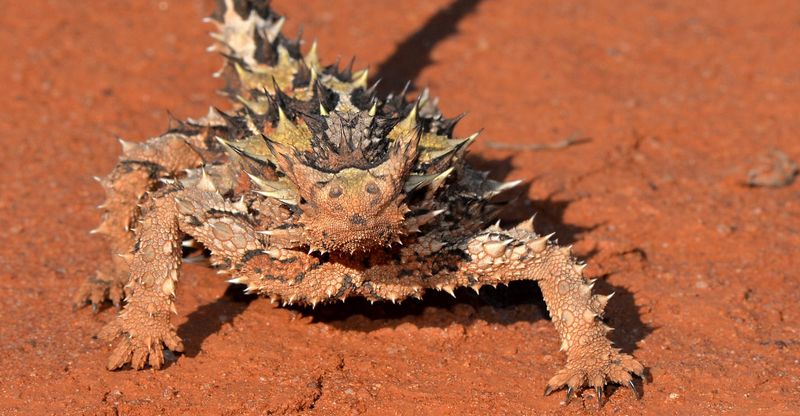
The Thorny Devil, a small Australian lizard, is an extraordinary example of adaptation in arid environments. Its skin is covered in conical spines, giving it a formidable appearance and serving a crucial survival function.
These spines, combined with channels between them, enable the Thorny Devil to collect water from any part of its body and funnel it directly to its mouth. This adaptation allows it to drink from dew or rain, maximizing water efficiency in the desert’s dry conditions.
The lizard’s camouflage helps it avoid predators, blending seamlessly with the desert landscape. Its diet consists primarily of ants, which it captures with a sticky tongue. The Thorny Devil’s ability to thrive in such a challenging habitat highlights the incredible ways nature equips creatures for survival. It serves as a reminder of the delicate balance and resourcefulness required to flourish in extreme environments.
10. Sea Cucumber – The Regenerative Wonder
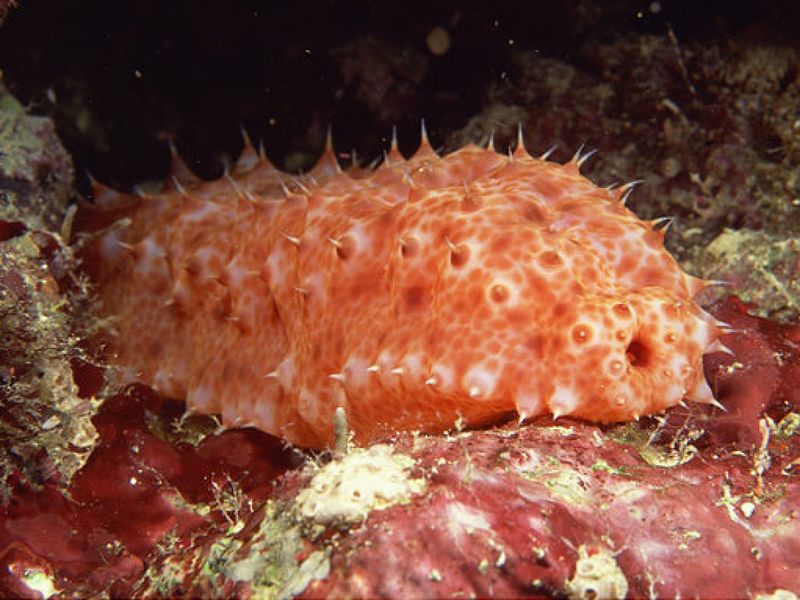
Sea Cucumbers, often overlooked in the marine world, possess an extraordinary adaptation: the ability to regenerate lost body parts. Found on ocean floors across the globe, these echinoderms can expel their internal organs when threatened, only to regenerate them later.
This defense mechanism confuses predators, providing the sea cucumber an opportunity to escape. Their ability to regenerate isn’t just limited to organs; they can also reproduce asexually by splitting and forming new individuals.
This regenerative capacity makes Sea Cucumbers important ecological players, contributing to nutrient cycling and ocean health. Researchers explore their properties for insights into regenerative medicine and potential applications in human health. The sea cucumber’s unassuming exterior belies its remarkable survival abilities, inspiring awe and reminding us of the hidden wonders within the natural world. Imagine the potential of harnessing such regenerative power in medical science!
11. Kangaroo Rat – The Desert Survivor
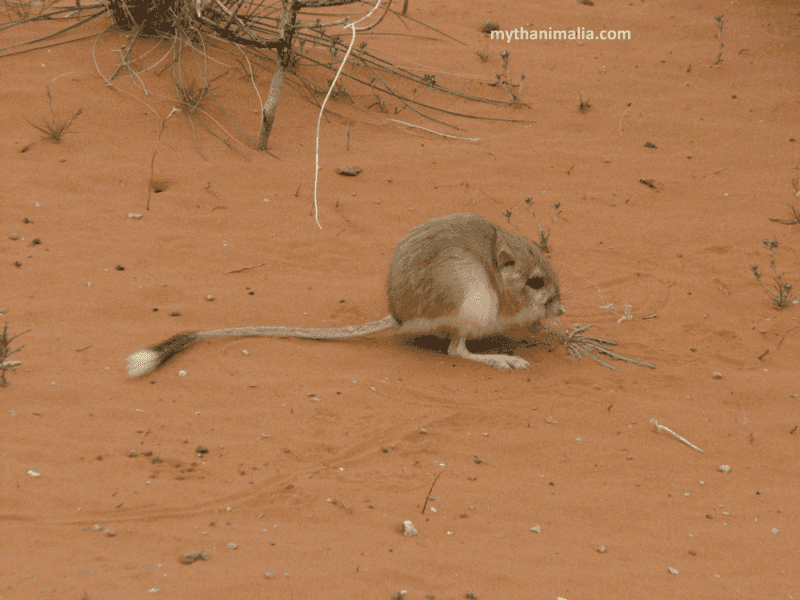
The Kangaroo Rat, a small rodent native to North American deserts, is a master of water conservation and a true nocturnal survivor. Its name stems from its hopping movement, resembling that of a kangaroo.
Remarkably, Kangaroo Rats obtain almost all their water from the seeds they consume, extracting moisture without needing to drink. Their kidneys are highly efficient, producing minimal urine and conserving precious water resources.
These adaptable rodents forage at night to avoid daytime heat, storing seeds in cheek pouches to transport to their burrows. Their ability to live in deserts without drinking water exemplifies nature’s ingenuity in overcoming environmental challenges. The Kangaroo Rat’s survival strategy offers lessons in resourcefulness and adaptation, highlighting the marvels of biological engineering. Imagine thriving in a world with limited resources, much like these resilient creatures!
12. Wolverine – The Fierce Forager
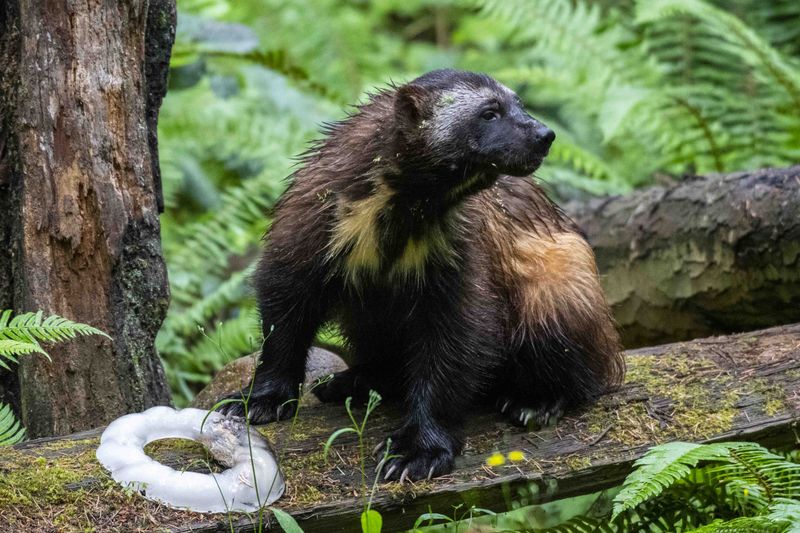
Wolverines, often referred to as “gluttons,” are fierce creatures known for their boundless energy and resourcefulness. Native to the cold forests and tundras of the Northern Hemisphere, wolverines exhibit remarkable adaptations for survival in harsh climates.
Their thick fur and robust build provide insulation against freezing temperatures, while their powerful jaws and teeth allow them to feast on frozen carcasses. Wolverines are solitary wanderers, capable of traveling great distances in search of food.
These tenacious foragers are also known for their strong territorial instincts, defending large areas from intruders. Their resilience and adaptability make them formidable predators and scavengers, embodying the spirit of survival against the odds. Wolverines remind us of the sheer determination and ingenuity required to thrive in some of the world’s most challenging environments. Their story is one of perseverance, strength, and adaptability in the face of adversity.
13. Gharial – The Fish-Eating Specialist
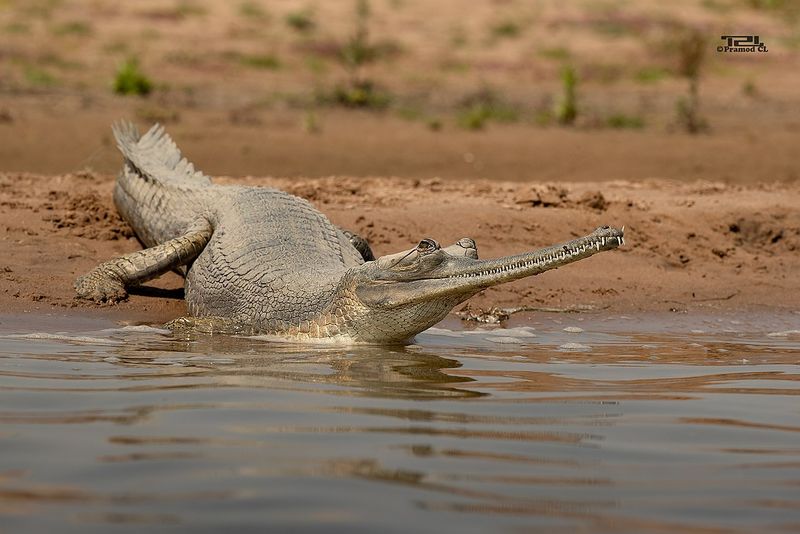
The Gharial, a crocodilian native to the rivers of the Indian subcontinent, boasts an adaptation that sets it apart from its relatives: a long, narrow snout lined with sharp teeth, perfect for catching fish.
This specialized snout reduces water resistance, allowing the Gharial to swiftly snap up slippery prey. Its webbed feet aid in maneuverability, making it an efficient swimmer in riverine environments.
Despite its fearsome appearance, the Gharial is relatively harmless to humans, focusing its hunting prowess on aquatic life. The species’ unique adaptations, however, have not shielded it from threats like habitat loss and pollution. Conservation efforts aim to protect these ancient reptiles and their critical river habitats.
The Gharial’s story is one of specialization and survival, highlighting the delicate balance of nature’s adaptations. Imagine the precision and skill required to thrive in such a niche ecological role!
14. Okapi – The Forest Phantom
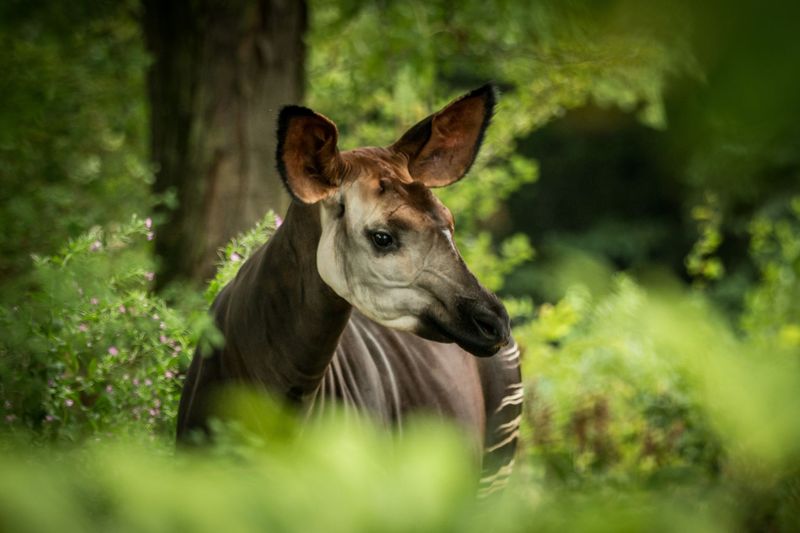
The Okapi, a close relative of the giraffe, is an elusive marvel dwelling in the dense rainforests of the Democratic Republic of Congo. Its striking appearance, with zebra-like stripes on its legs and a rich brown coat, provides perfect camouflage in the dappled sunlight.
This solitary animal is adapted to a life of stealth and seclusion, using its long tongue to navigate the thick forest underbrush and grasp leaves and fruits high in the trees. Its keen sense of hearing helps detect predators in its shadowy habitat.
The Okapi’s existence highlights the importance of biodiversity and the intricate web of life within the rainforest. As deforestation threatens their habitat, conservation efforts strive to protect this unique species and its environment. The Okapi stands as a symbol of the hidden wonders of the natural world, reminding us of the beauty and complexity that lie within Earth’s untouched corners.
15. Marine Iguana – The Sea Dragon
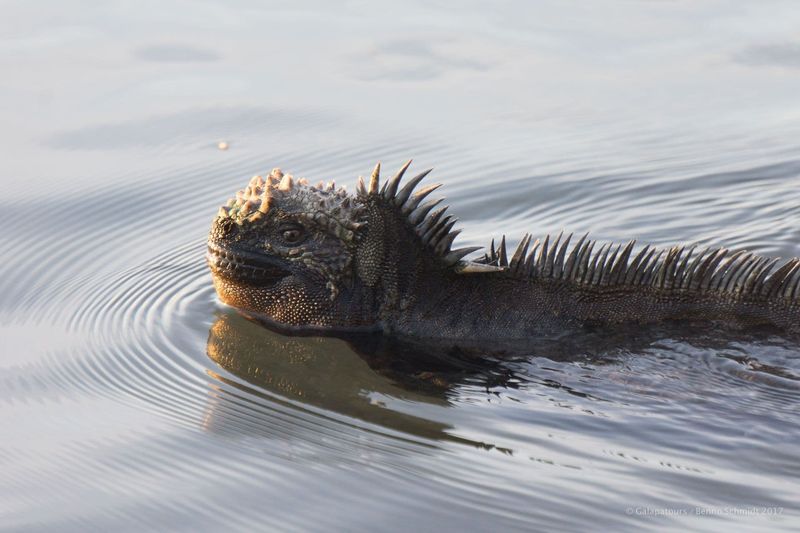
Marine Iguanas, the world’s only ocean-going lizards, inhabit the rugged coastlines of the Galápagos Islands. These remarkable reptiles dive into the cold ocean to graze on algae, their primary food source.
Their flattened tails, strong limbs, and sharp claws enable efficient swimming and gripping of slippery rocks. To expel excess salt from ingesting seawater, Marine Iguanas have special glands that excrete salt through their nostrils, forming visible crystals.
These iguanas display a unique adaptation to their volcanic environment, where land and sea intertwine. Their ability to thrive in this challenging habitat demonstrates the extraordinary pathways evolution can take. The Marine Iguana’s story is a testament to nature’s ability to push boundaries and explore new frontiers of survival. They inspire us to consider the potential of adapting to life’s ever-changing circumstances with equal tenacity and grace.
16. Leaf-Tailed Gecko – The Master Of Disguise
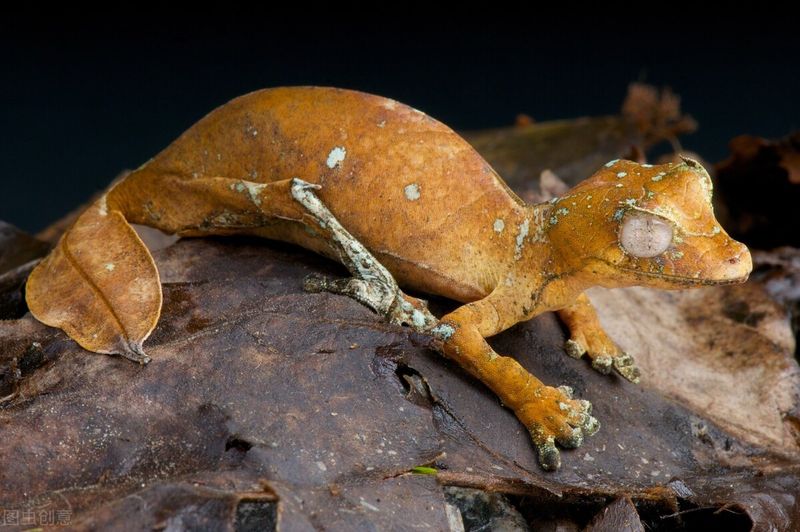
The Leaf-Tailed Gecko, a native of Madagascar’s forests, is a true master of disguise. With a body that mimics the texture of bark and leaves, this gecko can vanish into its surroundings, evading predators with ease.
Its flat tail resembles a decaying leaf, adding to its effective camouflage. This adaptation not only protects the gecko but also aids in ambushing unsuspecting prey. At night, these nocturnal hunters rely on their keen vision to spot insects and other small creatures.
The Leaf-Tailed Gecko exemplifies nature’s artistry in adaptation, showcasing the power of mimicry and stealth in survival. These geckos remind us of the intricate dance between predator and prey and the endless creativity of the natural world. Imagine possessing such a flawless disguise, blending seamlessly into your environment!
17. Polar Bear – The Arctic Behemoth
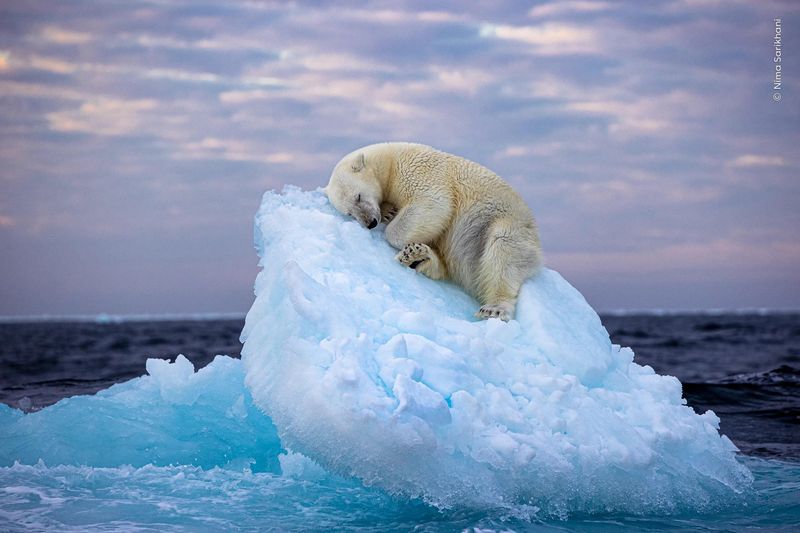
Polar Bears, the apex predators of the Arctic, are awe-inspiring symbols of survival in one of Earth’s harshest landscapes. Their massive size, powerful build, and insulating layer of blubber make them formidable hunters in the frozen wilderness.
Beneath their white fur lies black skin, which absorbs the sun’s rays, providing warmth in sub-zero temperatures. Their large paws act like snowshoes, distributing weight as they traverse the ice, while sharp claws aid in gripping slippery surfaces.
As skilled swimmers, Polar Bears can cover vast distances in search of seals, their primary prey. However, the melting ice caps threaten their habitat, highlighting the urgent need for conservation efforts. The Polar Bear’s resilience and majesty are reminders of nature’s grandeur and the delicate balance that sustains life in extreme environments. Imagine the strength and adaptability required to reign supreme in such a formidable domain!

